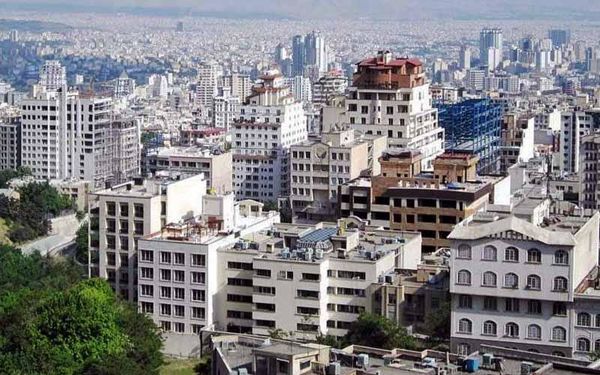Study case: residential complexes in areas 7, 8, 12 and 14 of Isfahan city – Zahra Javani et al. – Isfahan Art University
The relationship between man-made environments and space users is a two-way relationship in such a way that as the environmental conditions and conditions affect the building, the building conditions and features also strongly affect the space users. Among the types of artificial environments, improving the quality of the living space as a space that should support the physical and mental health of the residents is of great importance; Because the presence of family members in this space can help to improve the physical and mental health of the residents. As one of the main components of residential buildings, the effects of daylight on human life can be found in the form of two subcategories of perceptual psychology and psychological biology. This is despite the fact that the common lighting strategies are practically focused on energy efficiency or providing the light needed to do the work, or it has been done in the form of a laboratory study under an artificial sky without the presence of humans. Therefore, the current research aims to explain the relationship between daylight and the mental health and happiness of the residents of residential complexes and to increase individual happiness. The current research project is of a causal-comparative type, which through a survey method, describes the correlation between variables in a cross-sectional way in 2013-2014 in short-rise residential complexes (3-7 floors) in the city of Isfahan. To determine the state of happiness, Oxford and Fordyce happiness measurement tool was used. Then the obtained data was analyzed by SPSS software and using descriptive statistics. Data analysis showed that there is a significant difference between the level of happiness of residents of residential complexes and the amount of light in each unit; This means that the more the amount of light in the residential units, the higher the level of happiness of the residents. In a way, it seems that the optimal and purposeful design of daylight in the living space is effective in improving the mental health of people and the happiness of the residents.
Source

